If you want to learn how to get better at basketball, focus on mastering fundamental skills, building physical strength, and developing a strong mindset. Refine your shooting form, improve dribbling, strengthen defense, and enhance athletic performance through conditioning. Study game strategies, practice mental focus, and gain experience in competitive play.
Here are ten key areas to improve:
- You must perfect your shooting accuracy and form.
- You should practice ball-handling drills to improve control.
- You need to work on your defensive footwork and positioning.
- You must build strength, endurance, and agility through physical conditioning.
- You should analyze game strategies to boost your basketball IQ.
- You need to practice visualization techniques to enhance mental focus.
- You must develop confidence and composure under pressure.
- You should simulate game-like conditions during training.
- You need to play in competitive leagues or pickup games to gain experience.
- You must expand your skill set to become a more versatile player.
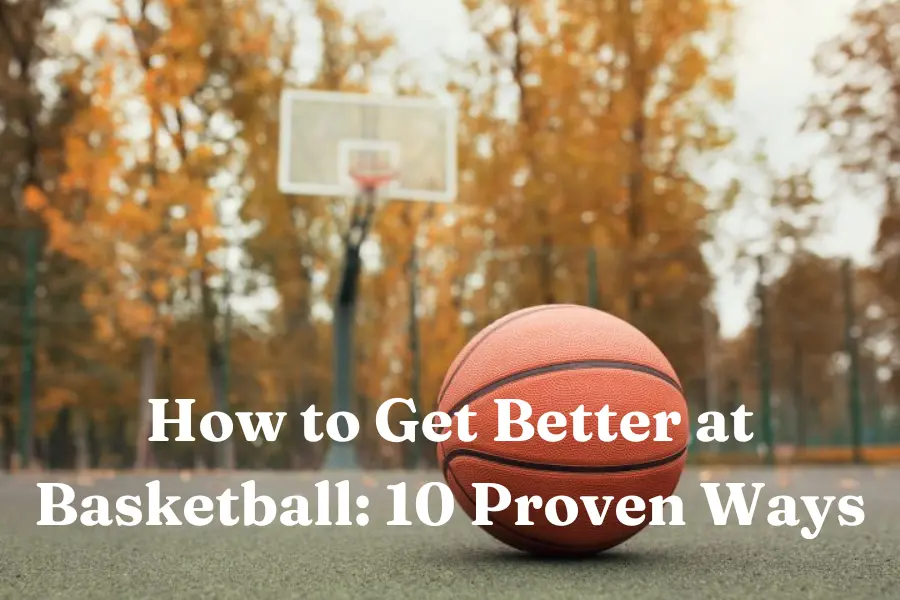
Improve Your Basketball Skills
Developing elite basketball skills requires a combination of technical mastery, consistent practice, and in-game awareness. Whether you’re honing your shooting accuracy, tightening your ball-handling, or strengthening your defensive abilities, a structured approach is essential. Below, we break down key areas of improvement and how you can implement them in your training routine for rapid growth.
Shooting Techniques & Accuracy
Mastering shooting techniques and accuracy forms the cornerstone of becoming a formidable basketball player. To elevate your game, focus on proper shooting form, which encompasses:
– Stance: Feet shoulder-width apart, knees slightly bent for balance and power
– Grip: Fingertips on the ball’s seams, non-shooting hand for support and control
– Follow-through: Extend arm fully, snap wrist, fingers pointing at the rim for accuracy
Implement quick improvement drills to enhance your marksmanship:
1. Spot shooting: Practice from various court positions (perimeter, wing, baseline)
2. Free throws: Develop consistency from the foul line for clutch performance
Avoid common shooting errors that can hinder your progress:
– Jumping forward instead of straight up, compromising balance
– Releasing the ball too early or late, affecting trajectory
– Using your palm instead of fingertips, reducing control and touch
To improve rapidly, dedicate time to these drills daily. Start close to the basket, perfecting your form before gradually increasing distance. Remember, consistency is key to developing muscle memory. As you practice, focus on repeating the same fluid motion for each shot, creating a reliable and repeatable technique.
Incorporate advanced concepts to further refine your shooting:
– Arc: Optimize ball trajectory for a softer touch
– Backspin: Apply proper rotation for improved accuracy
– Release point: Find the ideal height for your shot
Utilize technology and analytics to track progress:
– Shot tracking devices
– Video analysis software
– Shooting percentage statistics
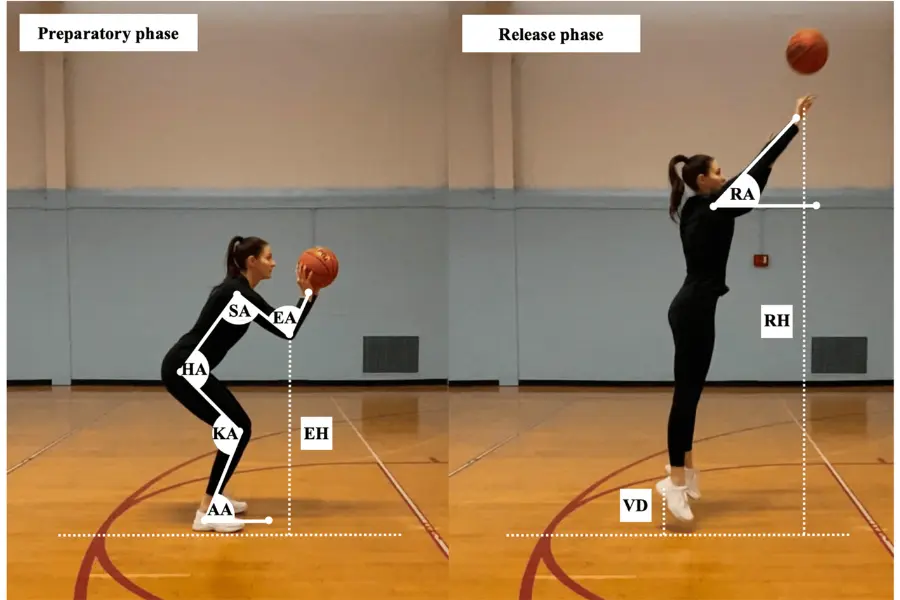
Dribbling Drills for Better Ball Handling
Proficient dribbling serves as the cornerstone of exceptional ball handling, empowering players to navigate the basketball court with precision and create scoring opportunities. To elevate your dribbling prowess, focus on perfecting fundamental moves and engaging in high-intensity drills designed to enhance speed, agility, and control.
Essential dribbling techniques include:
• Crossover: Swiftly transition the basketball from one hand to the other in front of your body. This maneuver facilitates directional changes and helps elude defenders.
• Behind-the-back: Transfer the ball from one hand to the other behind your back. This skillful move maintains possession while altering trajectory.
• Between-the-legs: Pass the ball through your legs from one hand to the other, adding versatility to your dribbling repertoire.
To amplify your speed, control, and overall ball-handling efficiency, incorporate these dynamic drills into your training regimen:
• Figure-8 dribbling: Weave the basketball between your legs in a figure-8 pattern, alternating hands to improve ambidexterity.
• Two-ball dribbling: Simultaneously dribble two basketballs, focusing on maintaining equal control with both hands to enhance coordination.
• Stationary low dribbles: Practice dribbling the ball as close to the ground as possible while maintaining control, improving your ability to protect the ball from defenders.
• Wall taps: Position yourself near a wall and rapidly tap the ball against it, alternating hands to boost hand-eye coordination and reaction time.
• Hesitation dribble: Incorporate sudden changes in speed and direction to simulate in-game scenarios and improve deceptive dribbling.
Consistent, deliberate practice of these drills will significantly enhance your ball-handling skills, transforming you into a more versatile and effective player on the court. Prioritize proper technique and gradually increase your tempo as you become more proficient with each drill. Remember, the synergy between dribbling mastery and court awareness is crucial for excelling in basketball.
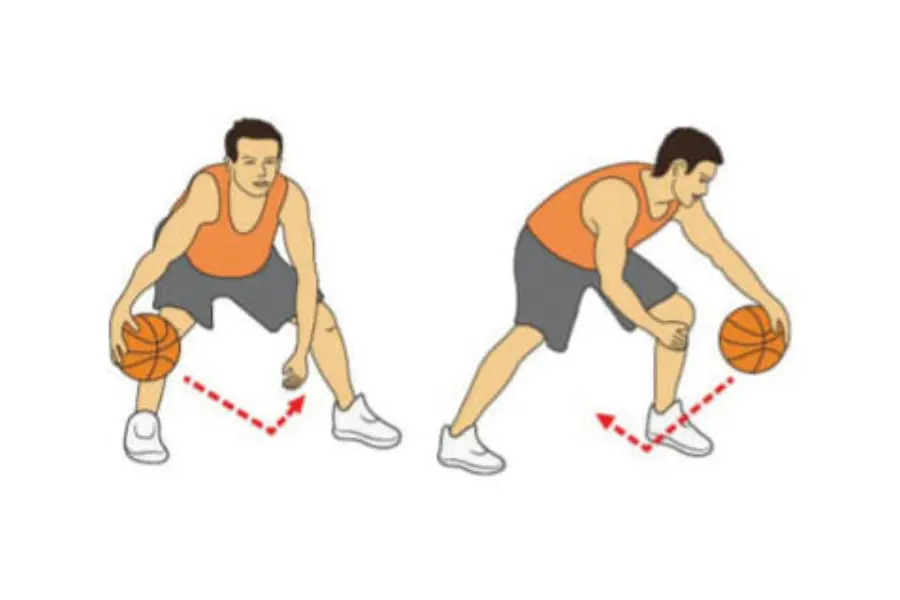
Defensive Techniques to Dominate on the Court
While offensive prowess garners attention, a formidable defense constitutes the cornerstone of championship-caliber basketball teams. To establish dominance defensively, players must master several pivotal techniques and strategies.
Perfecting the defensive stance is paramount. Maintain a shoulder-width foot position, flexed knees, and weight distributed on the balls of your feet. This posture facilitates swift lateral movements and explosive reactions. Keep your arms active, with one hand raised to contest shots and the other lowered to disrupt dribbling and passing lanes.
Proper positioning is crucial in man-to-man and zone defenses. Position yourself between the offensive player and the basket, forcing them towards the sidelines or baseline. This tactic limits their options and enhances predictability of their next move. When defending off-ball, adopt a triangular stance, simultaneously monitoring both your assigned player and the ball handler.
Footwork serves as the foundation of elite defense. Practice lateral sliding without crossing your feet to maintain balance and enable quick directional changes. Utilize short, choppy steps to remain agile and prepared for rapid reactions to offensive maneuvers.
To accelerate defensive improvement, focus on these high-intensity drills:
1. Mirror drills: Shadow a partner’s movements while maintaining proper defensive stance and positioning.
2. Close-out drills: Sprint to contest a shooter, then swiftly transition to lateral defensive slides.
3. Help-and-recover drills: Practice leaving your assigned player to provide defensive assistance, then quickly return to your original defensive assignment.
Additional defensive strategies to incorporate:
– Box-out techniques to secure rebounds
– Defensive communication to coordinate team efforts
– Anticipation skills to read offensive plays
– Shot-blocking timing and technique
– Steals and deflections to disrupt offensive flow
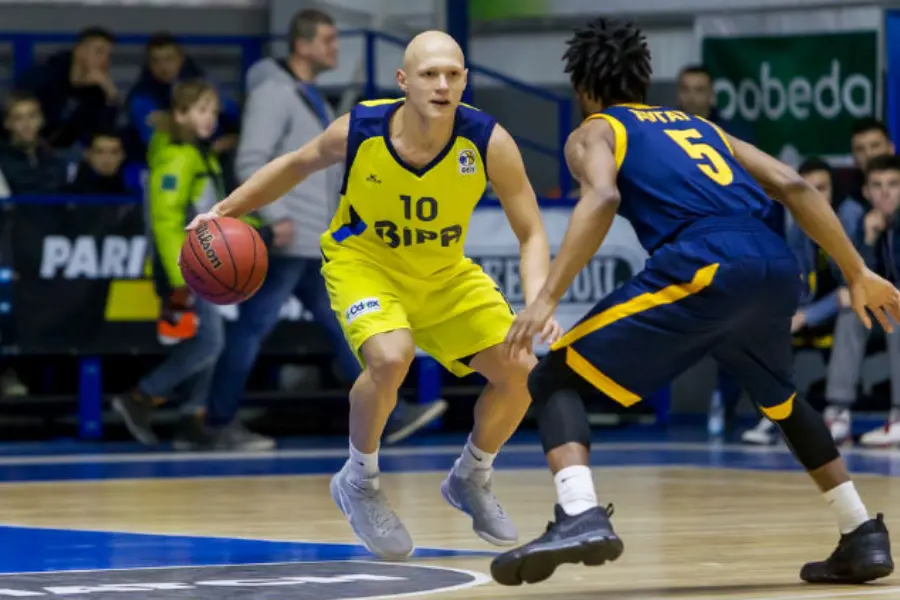
Physical Conditioning for Peak Performance
Physical conditioning is paramount for optimizing basketball performance. To excel on the hardwood, athletes must focus on basketball-specific strength training and incorporate high-intensity interval training (HIIT) and plyometric drills into their regimen. These components synergistically develop explosive power, cardiovascular endurance, and quick-twitch muscle fibers essential for dominating opponents throughout regulation time and potential overtime periods.
Key aspects of a comprehensive basketball conditioning program include:
1. Strength training: Emphasizing compound exercises like squats, deadlifts, and bench presses to build functional strength.
2. Plyometrics: Implementing box jumps, depth jumps, and lateral bounds to enhance vertical leap and reactive power.
3. Agility drills: Utilizing ladder drills, cone exercises, and shuttle runs to improve footwork and change-of-direction speed.
4. Cardiovascular conditioning: Integrating sprint intervals, tempo runs, and court-specific movement patterns to boost stamina.
5. Flexibility and mobility work: Incorporating dynamic stretching and foam rolling to prevent injuries and improve range of motion.
Strength Training for Basketball Players
Strength training forms the cornerstone of a basketball player’s physical conditioning, amplifying on-court performance and mitigating injury risk. It’s indispensable for cultivating explosive power, augmenting stability, and boosting overall endurance.
The significance of strength in basketball:
• Muscular power enables vertical leap enhancement, acceleration, and superior body control during rapid directional shifts.
• Improved physicality helps withstand contact and combat fatigue throughout game duration.
Essential exercises for basketball athletes:
1. Squats: Foundation for lower body strength, crucial for jumping and explosive movements.
Variations: Back squats, front squats, jump squats, goblet squats
Muscle groups targeted: Quadriceps, hamstrings, glutes, calves
2. Deadlifts: Fortify the posterior chain, enhancing rebounding prowess and defensive positioning.
Variations: Conventional deadlifts, Romanian deadlifts, single-leg deadlifts, trap bar deadlifts
Muscle groups targeted: Hamstrings, glutes, lower back, trapezius
3. Core workouts: Robust core musculature improves balance, stability, and shot precision.
Variations: Planks, Russian twists, medicine ball rotations, cable woodchoppers
Muscle groups targeted: Rectus abdominis, obliques, transverse abdominis
4. Plyometrics: Enhance explosive power and reactivity.
Variations: Box jumps, depth jumps, lateral bounds, tuck jumps
Muscle groups targeted: Full-body engagement with emphasis on lower body
5. Upper body exercises: Develop strength for passing, shooting, and defensive maneuvers.
Variations: Bench press, pull-ups, push-ups, shoulder press
Muscle groups targeted: Pectorals, deltoids, triceps, latissimus dorsi
Implement these exercises into your regimen 2-3 times weekly, prioritizing proper form and progressive overload. Balance strength training with sport-specific drills, agility work, and adequate recovery periods for optimal results.
Periodization: Structure your training program into phases (off-season, pre-season, in-season) to maximize performance peaks and prevent overtraining.
Nutrition: Complement strength training with a balanced diet rich in protein, complex carbohydrates, and healthy fats to support muscle growth and recovery.
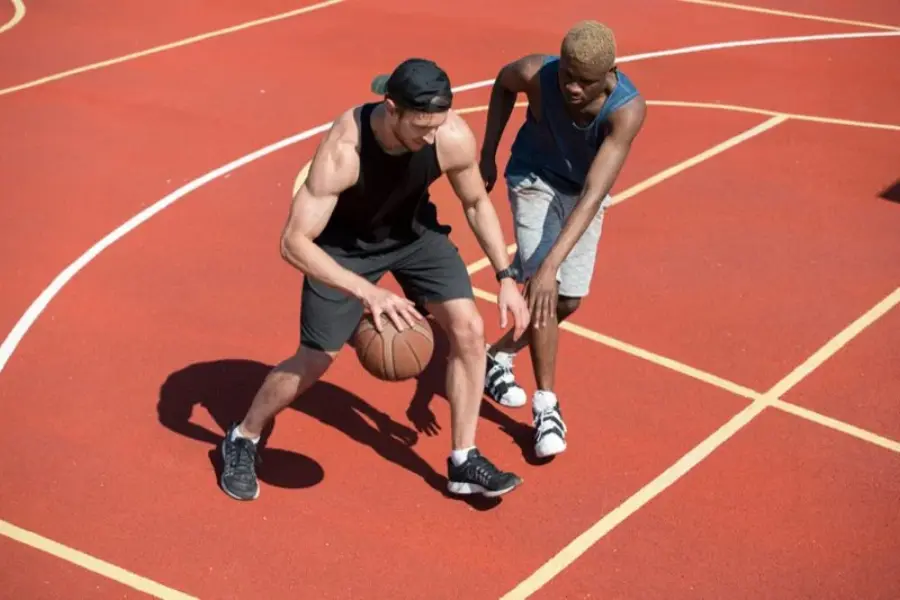
Endurance & Speed Drills
Enhancing basketball performance requires mastering endurance and speed drills that optimize physical conditioning for peak athleticism. These exercises are crucial for developing the stamina, explosiveness, and agility essential for dominating the court throughout an entire game.
High-intensity interval training (HIIT) forms the foundation of basketball-specific conditioning. Incorporate various sprint drills, including fartlek training and wind sprints, to improve both anaerobic and aerobic capacity. Suicides, a quintessential basketball drill, enhance acceleration, deceleration, and multidirectional agility. Integrate plyometric exercises such as depth jumps, bounding, and reactive shuttles to cultivate explosive power and neuromuscular efficiency.
To build game-ready endurance, implement Tabata-style interval training. Alternate between high-intensity exercises and brief recovery periods, progressively increasing work duration while decreasing rest intervals. This methodology mimics the intermittent nature of basketball, preparing the cardiovascular and musculoskeletal systems for the rigors of competitive play.
Augment these drills with sport-specific movements to enhance kinesthetic awareness and proprioception. Practice defensive slides, lateral shuffles, closeouts, and box-out rebounding exercises to improve on-court endurance and basketball-specific motor patterns. Maintain proper biomechanics throughout all drills to maximize efficiency and mitigate injury risk.
Consistently incorporating these endurance and speed drills into a periodized training regimen will significantly improve physical conditioning, allowing athletes to perform at their zenith from tip-off to the final buzzer. This holistic approach to basketball fitness encompasses aerobic endurance, anaerobic power, agility, and sport-specific skill development, creating a comprehensive foundation for athletic excellence on the hardwood.
Develop a Strong Basketball Mindset
A robust basketball mindset is crucial for elevating your performance on the court. To excel in this highly competitive sport, players must cultivate mental resilience, self-assurance, and composure under pressure. Implementing visualization techniques and conducting thorough game analysis will enhance your ability to anticipate and react swiftly to various in-game scenarios, providing a significant competitive advantage.
To develop a championship-caliber mentality, focus on:
1. Mental toughness: Build psychological fortitude to overcome adversity, fatigue, and setbacks during intense gameplay.
2. Confidence: Foster unwavering belief in your abilities, skills, and decision-making prowess.
3. Focus: Hone your concentration to maintain peak performance throughout the game, blocking out distractions.
4. Positive self-talk: Utilize affirmations and constructive internal dialogue to reinforce a winning attitude.
5. Goal-setting: Establish clear, measurable objectives for both short-term and long-term improvement.
6. Emotional control: Master the art of regulating your emotions to maintain composure in high-pressure situations.
7. Adaptability: Cultivate flexibility in your approach to handle unexpected challenges and strategical shifts.
8. Team synergy: Develop strong communication skills and a collective mindset to enhance on-court chemistry.
Mental Toughness & Confidence
Mental fortitude forms the cornerstone of a player’s success on the hardwood. It encompasses the ability to perform consistently under pressure, maintain laser-like focus during crunch time, and exhibit resilience in the face of adversity. Cultivating psychological resilience is as crucial as refining physical prowess in basketball.
To build mental tenacity:
1. Implement positive self-dialogue: Substitute self-defeating thoughts with empowering affirmations that bolster self-assurance.
2. Engage in mental imagery: Cognitively rehearse game scenarios, envisioning flawless execution of plays and shots.
3. Establish attainable objectives: Deconstruct long-term aspirations into manageable short-term milestones.
4. Embrace adversity: Reframe challenges as catalysts for growth rather than insurmountable obstacles.
5. Craft a pre-game ritual: Develop a consistent routine to center your psyche before tip-off.
Self-confidence is inextricably linked to mental toughness. To enhance your self-efficacy:
1. Capitalize on strengths: Identify and leverage your unique skill set, whether it’s sharpshooting, rebounding, or court vision.
2. Extract wisdom from setbacks: Objectively analyze turnovers, missed shots, and defensive lapses as learning opportunities.
3. Acknowledge incremental progress: Celebrate small victories, such as improved free-throw percentage or assist-to-turnover ratio.
4. Solicit constructive criticism: Utilize feedback from coaches, teammates, and film sessions to continuously refine your game.
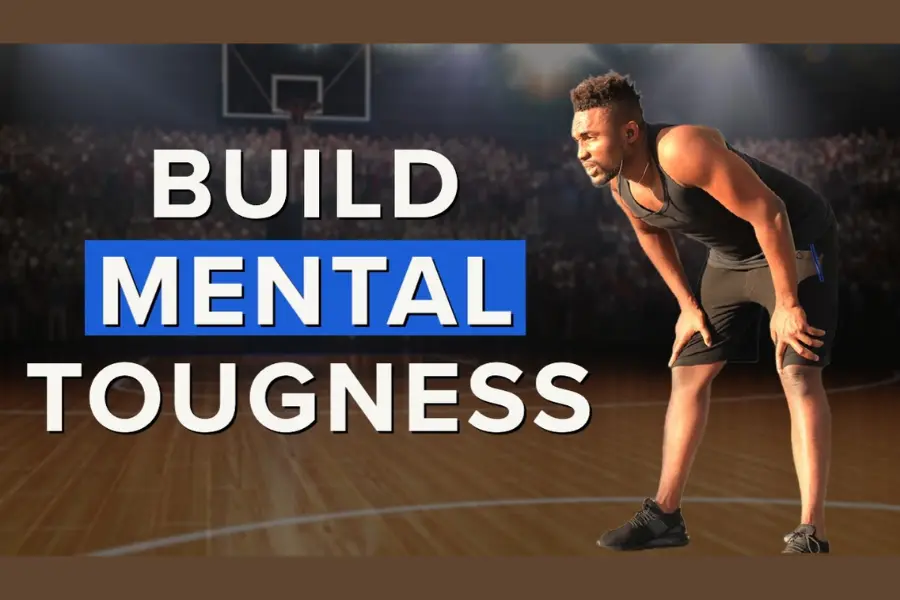
Visualization & Game Preparation
Visualization and game preparation are crucial elements in cultivating a robust basketball mindset, synergizing with mental fortitude and self-assurance to elevate on-court performance. These cognitive strategies prime the athlete’s psyche for success, enhancing overall gameplay efficacy.
Visualization, a form of mental rehearsal, involves the vivid imagination of game scenarios, enabling players to anticipate and prepare for diverse situations. This cognitive practice hones reaction time and decision-making prowess during actual competition. For instance, an athlete might mentally simulate executing a flawless jump shot or implementing a critical defensive maneuver. The more detailed and multisensory the mental imagery, the more potent its impact on performance.
Pre-game mental routines are equally vital in optimizing psychological readiness. Establishing a consistent ritual helps focus the mind and mitigate pre-game anxiety. This customized protocol may encompass:
– Diaphragmatic breathing exercises to modulate autonomic arousal
– Curating and listening to motivational or mood-regulating music
– Reviewing and internalizing game strategies and tactical approaches
– Engaging in positive self-talk to bolster self-efficacy and confidence
Exemplar: NBA superstar LeBron James is renowned for his comprehensive pre-game ritual, which incorporates both visualization techniques and specific physical warm-up exercises, demonstrating the integration of mental and physical preparation at the elite level.
To maximize the benefits of these practices, athletes should strive for:
1. Consistency in application
2. Personalization of techniques
3. Progressive refinement based on performance feedback
4. Integration with physical training regimens
5. Adaptability to various competitive contexts
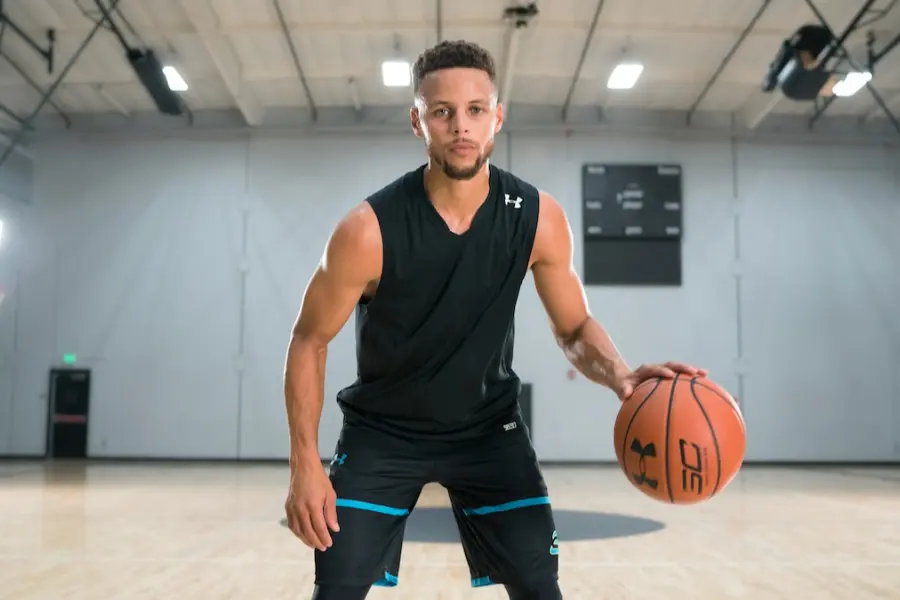
Enhance Your Basketball IQ
Elevating your basketball IQ can dramatically improve your on-court performance and decision-making skills. To enhance your basketball intelligence, focus on reading the game and anticipating plays. Observe how experienced players move, position themselves, and react to different scenarios. This will help you develop a deeper understanding of offensive and defensive strategies, including pick-and-roll plays, zone defense, and fast breaks.
Practice smart decision-making by constantly analyzing the court during gameplay. Look for open teammates, identify defensive weaknesses, and recognize scoring opportunities. Learn to predict your opponents’ next moves based on their positioning and tendencies. Develop your court vision to see passing lanes and potential mismatches.
Quick tips to boost your basketball IQ:
1. Study game footage of professional players and teams, focusing on player movements, ball handling, and team dynamics.
2. Participate in pick-up games with more skilled players to challenge yourself and learn new techniques.
3. Attend basketball camps or clinics to learn from experienced coaches and refine your fundamentals.
4. Play different positions to understand various roles on the court, from point guard to center.
5. Engage in basketball-related discussions with knowledgeable players or coaches to gain insights into strategy and tactics.
6. Practice situational drills that simulate game scenarios, such as end-of-game plays or defending against specific offensive sets.
7. Learn to read and exploit defensive mismatches, whether it’s a size advantage in the post or a quickness advantage on the perimeter.
8. Develop your basketball vocabulary to better communicate with teammates and coaches during games and practices.
9. Analyze statistics and advanced metrics to understand player efficiency and team performance trends.
10. Stay updated on rule changes and how they impact gameplay strategies.
Practice Like a Pro
Emulating professional-level practice demands unwavering dedication, meticulous structure, and laser-focused training sessions to enhance your basketball prowess. To ascend to elite status, approach each practice with the same intensity and purpose as NBA stars.
Crafting an Optimal Training Regimen:
1. Skill refinement (30 minutes): Hone fundamental techniques through ball handling drills, shooting exercises, and footwork routines.
2. Physical conditioning (30 minutes): Incorporate strength training, agility drills, and cardiovascular exercises to boost athletic performance.
3. Competitive simulation (60 minutes): Apply acquired skills in game-like scenarios through scrimmages and situational drills.
This comprehensive daily routine ensures holistic development across all facets of your game. Consistency in execution is paramount for tangible skill progression.
Challenging Yourself Against Superior Competition:
• Catalyzes skill advancement by exposing areas for improvement
• Enhances split-second decision-making under duress
• Cultivates mental resilience and composure
Seeking Competitive Opportunities:
• Enroll in local basketball leagues or participate in tournaments
• Engage in high-level pickup games at renowned courts
• Attend elite basketball camps, clinics, or showcases
Final Thoughts
You can improve your basketball skills by practicing consistently, refining your techniques, and strengthening your physical and mental endurance. Focus on ball handling, shooting accuracy, defensive strategies, and game intelligence to build a solid foundation.
Stay committed to your training, embrace challenges, and seek feedback from experienced players. With discipline and perseverance, you will see progress and take your game to the next level. Keep pushing forward and dominate the court!
FAQ – Common Questions About Improving at Basketball
1. How long does it take to improve?
Improvement in basketball depends on consistency, effort, and coaching. Beginners can see progress in 2-4 weeks with regular practice, while noticeable skill enhancements typically take 3-6 months. Mastering advanced techniques may require 1-2 years of dedicated training. Physical conditioning improves within 4-8 weeks, and game strategy understanding develops over 6-12 months. Stay consistent, practice smart, and track progress for the best results.
2. Can I get better without a coach?
Yes, you can improve without a coach through structured self-training, game study, and consistent practice. Watch professional players, analyze game footage, and use online tutorials to learn proper techniques. Develop a structured training plan that includes skill drills, physical conditioning, and real-game practice in pickup games or leagues. Seek feedback from experienced players, record your sessions for self-analysis, and use training apps for progress tracking. Studying basketball strategy and maintaining discipline are key to continuous improvement.
3. Best drills for rapid improvement?
To improve quickly, focus on these essential drills:
– Ball Handling: Practice ambidextrous dribbling, figure-eight dribbles, and behind-the-back moves to enhance control.
– Shooting Form: Work on balance, elbow alignment, and follow-through. Aim for 100+ shots daily from different spots.
– Defensive Footwork: Do lateral shuffles, backpedals, and closeout drills to improve agility and positioning.
– Conditioning: Use HIIT, agility ladders, and plyometrics to boost speed, endurance, and explosiveness.
